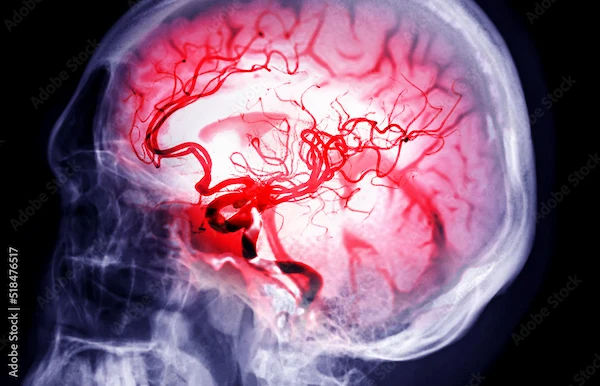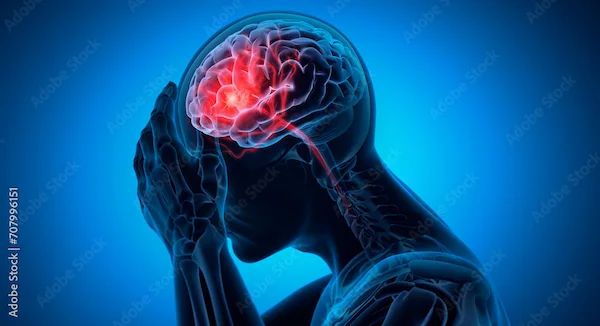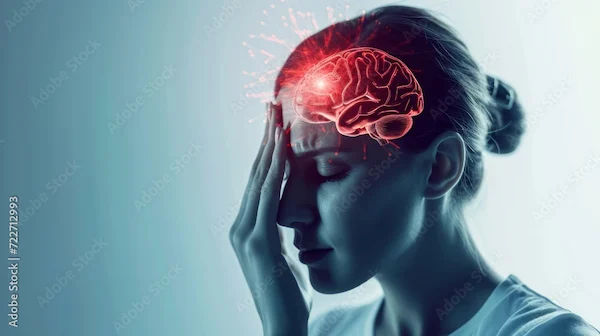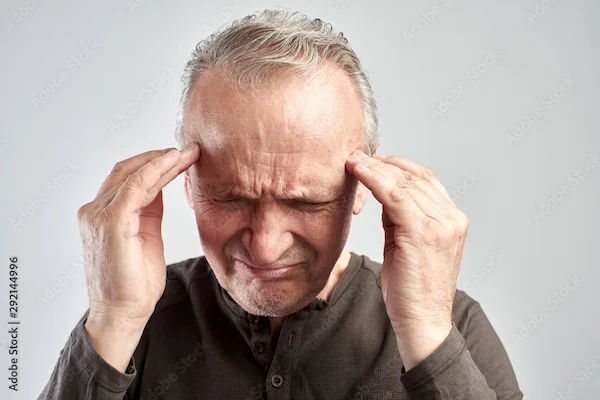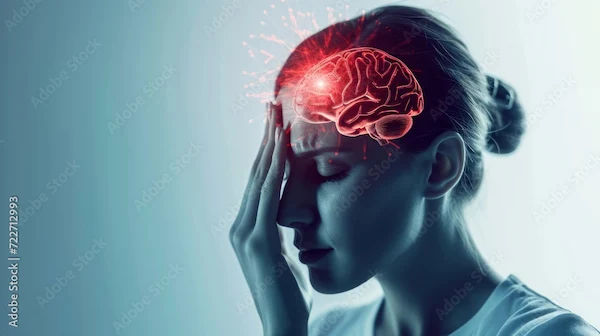World Stroke Day 2025: Raising Awareness, Preventing Strokes, and Saving Lives
Learn about stroke prevention, recognize the signs, and know what to do in a stroke emergency. Act fast, save lives.

Written by Dr.Sonia Bhatt
Last updated on 3rd Jul, 2025

Every year, on October 29, the world observes World Stroke Day, a global initiative dedicated to raising awareness about stroke prevention, treatment, and recovery. This day brings together healthcare professionals, researchers, advocates, and communities to highlight the urgent need for better prevention strategies, faster recognition, and more effective treatments. World Stroke Day 2025 will be another crucial step in the global fight against strokes, an illness that continues to be a leading cause of death and disability worldwide. In this article, we will delve into the significance of World Stroke Day, the latest insights on stroke awareness, and how we can all contribute to reducing the global burden of stroke.
Background of World Stroke Day
World Stroke Day was established by the World Stroke Organization (WSO) in 2006 to help people better understand what causes strokes and how they affect lives. The main goal of the day is to teach people that strokes can often be prevented and to emphasise the importance of spotting the signs early and getting medical help right away. Since it started, World Stroke Day has become a key part of efforts around the world to reduce stroke deaths, improve recovery, and help people live better lives after a stroke.
Each year, the World Stroke Organization chooses a theme that focuses on current needs in stroke care and prevention. In 2025, the theme will continue to stress the importance of preventing strokes worldwide. It will encourage people to take action to lower their stroke risk by making healthy lifestyle changes, getting regular checkups, and seeking medical help quickly if needed.
Understanding Stroke
A stroke happens when the blood flow to a part of the brain is blocked, stopping the brain from getting the oxygen and nutrients it needs. Without quick treatment, this lack of blood can cause lasting damage to the brain or even lead to death.
Types of Stroke
There are three primary types of stroke:
Ischemic Stroke: This is the most common type, accounting for about 85% of strokes. It happens when a blood clot or plaque obstructs a blood vessel, blocking the flow of blood to the brain.
Hemorrhagic Stroke: This occurs when a blood vessel in the brain bursts, causing bleeding and pressure that damages brain tissue.
Transient Ischemic Attack (TIA): Often referred to as a “mini-stroke,” a TIA occurs when there is a temporary blockage in a brain artery. While symptoms usually disappear within minutes or hours, a TIA serves as a warning that a major stroke may occur in the future.
Causes and Risk Factors of Stroke
The risk of having a stroke is affected by both factors you can control and those you cannot.
Uncontrollable Risk Factors: These include things like your age, family history, and genetics. As we get older, the risk of having a stroke increases, especially for those over the age of 55. If a close family member has had a stroke, you may also be at a higher risk.
Controllable Risk Factors: Your lifestyle choices play a big role in preventing a stroke. Things like high blood pressure, smoking, diabetes, high cholesterol, lack of exercise, poor diet, and drinking too much alcohol all make it more likely that you will have a stroke. Making healthy choices can help lower your risk.
Recognising the Signs and Symptoms of Stroke
It’s important to recognise a stroke early to reduce brain damage and improve the chances of recovery. The FAST method is a simple way to remember the signs of a stroke and act quickly.
Common Signs of a Stroke
Facial Drooping: One side of the face may droop or feel numb.
Arm Weakness: One arm may feel weak or numb, making it hard to lift.
Speech Difficulty: Slurred speech or trouble speaking clearly, along with confusion.
Time to Call Emergency Services: If you notice any of these signs, call emergency services immediately. The faster a person gets medical help, the better the chances of reducing the damage caused by a stroke.
The Impact of Stroke
Strokes have a deep impact, affecting not only the person who experiences it but also their family, community, and society as a whole.
Physical and Emotional Effects on Individuals
Strokes can leave people with permanent disabilities, such as:
Paralysis or Weakness: Many stroke survivors experience paralysis or weakness, usually on one side of the body.
Speech and Communication Issues: Strokes can make it hard to speak, understand language, or even swallow, which often requires special therapy.
Cognitive Impairments: Some stroke survivors may have trouble with memory, paying attention, or making decisions.
Emotionally, stroke survivors might also face challenges like depression, anxiety, or mood swings as they cope with their new physical and mental limitations.
Economic and Societal Impact
The cost of a stroke is extremely high. It includes medical bills, rehab expenses, and the long-term care that many survivors need. Additionally, stroke survivors might not be able to return to work, which can cause financial strain for both the individual and their family. The emotional and caregiving burden on family members also adds to the societal impact.
Stroke Prevention Strategies
Prevention is the most effective way to reduce the global burden of stroke. While some risk factors cannot be modified, many lifestyle changes can significantly reduce the risk of stroke.
Lifestyle Modifications to Reduce Risk
Making healthy lifestyle choices can help lower the risk of having a stroke. Here are some key steps you can take:
Exercise Regularly: Getting active through activities like walking, swimming, or cycling helps you maintain a healthy weight, lower blood pressure, and reduce stroke risk.
Eat a Healthy Diet: A balanced diet with lots of fruits, vegetables, whole grains, and lean proteins can help prevent a stroke. Try to limit salt, sugar, and unhealthy fats in your meals.
Quit Smoking: Smoking harms your blood vessels and raises the risk of a stroke. Quitting smoking is one of the best ways to protect yourself.
Limit Alcohol Consumption: Drinking too much alcohol can increase your blood pressure and raise stroke risk. Keeping alcohol intake to a moderate level is important for your health.
Manage Chronic Conditions: Keeping conditions like high blood pressure, diabetes, and high cholesterol under control is key to preventing strokes. Regular checkups and following your doctor’s advice can help you stay on track.
Role of Medical Interventions
Blood Pressure Medications: Keeping blood pressure under control is one of the most important steps in stroke prevention.
Cholesterol-Lowering Drugs: Statins and other cholesterol medications can help prevent the build-up of plaque in arteries, reducing the risk of ischemic stroke.
Anticoagulants: For those with atrial fibrillation or other conditions that increase clotting, medications like blood thinners can reduce the risk of stroke.
Treatment Options for Stroke
The treatment of stroke depends on the type and severity of the stroke.
Immediate Treatments Post-Stroke
Thrombectomy: For ischemic strokes caused by a blood clot, a thrombectomy is a procedure that physically removes the clot to restore blood flow to the brain.
Thrombolytics: These are clot-busting medications that can be given within a few hours of an ischemic stroke to dissolve the clot and help restore blood circulation to the affected area of the brain.
Surgery: In the case of hemorrhagic strokes, surgery may be necessary to repair damaged blood vessels or relieve pressure in the brain caused by bleeding.
Long-Term Recovery and Rehabilitation
Rehabilitation is a critical part of recovery for stroke survivors. The process involves physical, occupational, and speech therapy aimed at improving movement, coordination, and communication. In addition, emotional and psychological support is essential to help survivors cope with the challenges of recovery.
Support for Stroke Survivors
Recovering from a stroke can be challenging, and having the right support is essential for stroke survivors. Whether it's emotional encouragement, medical help, or connecting with others who understand their journey, support plays a key role in recovery.
Community and Family Support: Stroke survivors need a strong support system of family, friends, and healthcare providers to help them through recovery. Being part of a local support group can also be really helpful. These groups allow survivors to connect with others who understand what they’re going through, which can provide comfort and encouragement.
Resources for Ongoing Management: There are many resources available to help stroke survivors as they continue their recovery. Rehabilitation centres, online support groups, and stroke organisations offer education, advocacy, and specialised care. These resources can help survivors learn more about their condition and give them the tools they need for a better recovery.
Key Takeaway
World Stroke Day 2025 is a crucial opportunity to raise awareness about the importance of stroke prevention, early detection, and timely treatment. By learning the signs, taking steps to reduce our risk, and supporting stroke survivors, we can help reduce the global impact of this devastating condition. As we come together on October 29, 2025, let’s focus on making stroke prevention a priority and creating a world where more lives are saved and better quality of life is achieved for stroke survivors.
Take Action for Stroke Prevention Today!
Get involved this World Stroke Day by spreading awareness, encouraging healthy lifestyle choices, and sharing stroke prevention tips with your loved ones. Attend local events, support stroke-related organisations, or start a conversation about the importance of early detection. Every small action counts—together, we can save lives and make a lasting impact. Let’s act now to create a world where strokes are less common and recovery is more achievable!
Consult Top Cardiologist
Consult Top Cardiologist

Dr. Anand Ravi
General Physician
2 Years • MBBS
Bengaluru
PRESTIGE SHANTHINIKETAN - SOCIETY CLINIC, Bengaluru

Dr. Tripti Deb
Cardiologist
40 Years • MBBS, MD, DM, FACC, FESC
Hyderabad
Apollo Hospitals Jubilee Hills, Hyderabad

Dr. Zulkarnain
General Physician
2 Years • MBBS, PGDM, FFM
Bengaluru
PRESTIGE SHANTHINIKETAN - SOCIETY CLINIC, Bengaluru
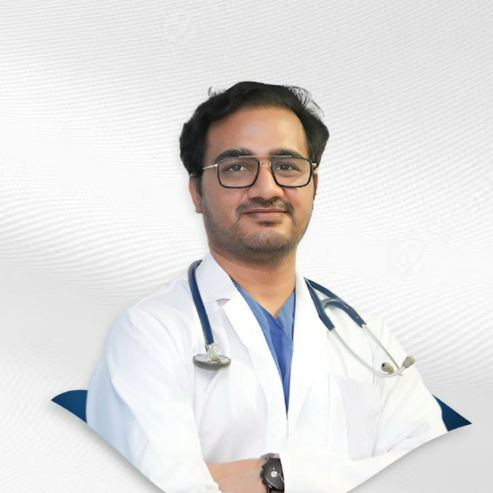
Dr. Janjirala Seshivardhan
Cardiologist
7 Years • MBBS,DNB(GM),DM(Cardiology)
Manikonda Jagir
Apollo Clinic, Manikonda, Manikonda Jagir
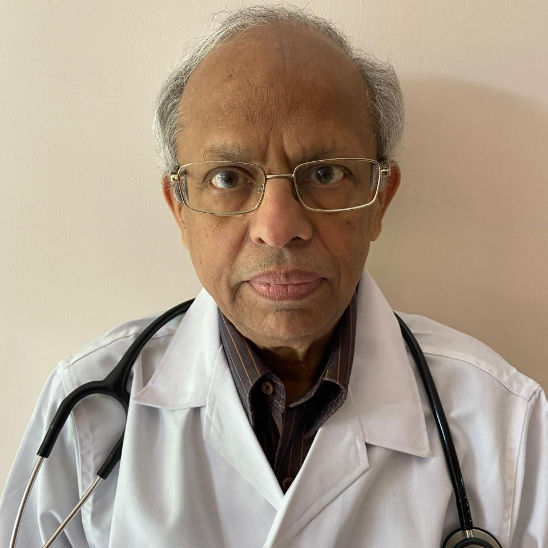
Dr. E Prabhakar Sastry
General Physician/ Internal Medicine Specialist
40 Years • MD(Internal Medicine)
Manikonda Jagir
Apollo Clinic, Manikonda, Manikonda Jagir
(125+ Patients)
